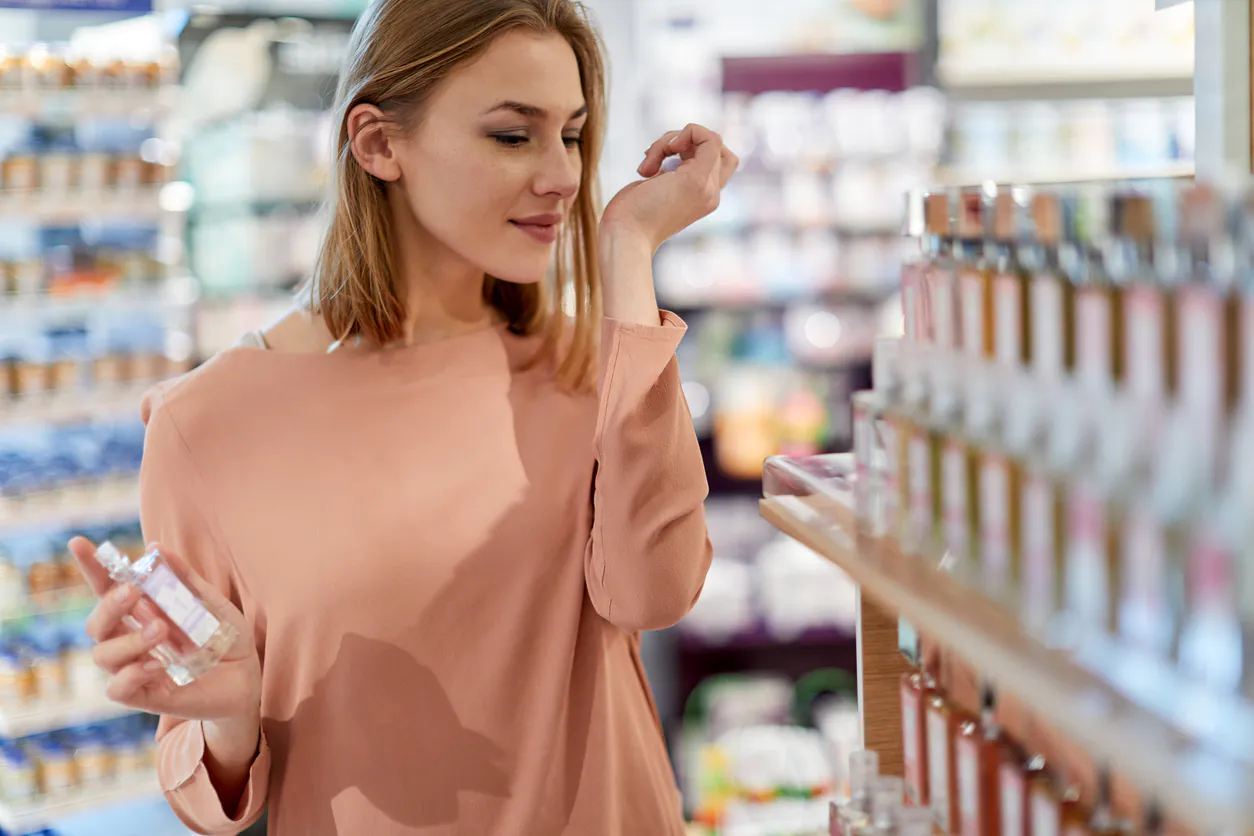In the multi-billion-dollar beauty industry (and growing) there are many factors you will have to consider. In order to succeed, you need to understand how to sell in drugstores and through the beauty supply channel. To get your product in beauty supply stores, it takes a lot more than just simply making a good product. You must know how to market, price, position, and sell your product. It is much more than just creating a good product when you want to sell through beauty supply stores.
Luxury beauty is one of the world’s largest retail marketplaces, seeing a CAGR of 10%, with revenues exceeding USD 425 Billion. When you think of all the people in the world who rely on skincare and hair care products, it’s no wonder why this industry continues to boom. And if you’re ready to cash in on your own product, I have some invaluable insights that can get your product featured in even the largest beauty supply stores within less than a year’s time.
Discover how you can simplify your digital procurement process in one easy solution with BizVibe.
How to Get Your Product in Beauty Supply Stores in 2023
It’s no secret that beauty supply stores are the trendsetters of the beauty industry. Beauty supply stores have always been on top of trends, and they’re known to be trendsetters. They also have an amazing eye for what works and what doesn’t, so it’s important to pay attention to these stores when you’re trying to market your products.
Beauty supply stores are a great place to introduce your product. They’re also a great way to get feedback on how they can improve your product.
But how do you get your product in beauty supply stores?
You’re going to need a couple of things before you start approaching beauty supply store owners:
1. Become familiar with the beauty supply industry
The first step in getting your product into beauty supply stores is becoming familiar with this industry. You should research what makes up a successful product, what types of products are popular, and what types of vendors are looking for new products. This will allow you to make informed decisions about how you want to proceed with selling your product. Before you even think about approaching retailers, make sure you understand how they work and what they want from you. The first step is learning your way around the industry, so read up on all aspects of it: manufacturing, distribution, marketing, and more.
2. Get your product off the ground
Once you have analyzed the market and decided on a direction for your product, it’s time to start producing it. There are many different ways for you to manufacture your product depending on its size and complexity, but most manufacturers will give you an estimate of how long it will take them to produce your item once they receive all the necessary materials and instructions from you.
3. Choose a distribution strategy
The third step is choosing which distribution strategy will work best for your brand. Your options include:
Direct-to-consumer sales
This is a great option if you’re targeting consumers directly rather than retailers or wholesalers. It’s also easier if you’re selling products online only because there’s no need to worry about shipping costs or returns. However, direct-to-consumer sales can be challenging if you want to reach a large audience — especially if your product isn’t very popular yet or if it’s expensive.
Wholesale sales
If you’re looking for more reach and exposure with less risk involved, wholesale sales might be better suited for your business model. This approach allows retailers to sell your products without having to deal with inventory management or shipping costs themselves — but they may not be willing to take on new brands unless they’re already well known or have strong relationships with retailers already established in their industry.
4. Focus on distribution within your own country first
If you’re just starting in the beauty industry, it can be tempting to focus on international markets first because they’re so much bigger than domestic ones. However, it’s important to focus on domestic distribution first before expanding into other countries because it helps ensure that people know about your brand before they see it elsewhere.
5. Learn about international shipping laws and regulations
The fifth step is to make sure that you understand the international shipping laws and regulations for your product. If you don’t know what they are, it’s best to find out now rather than wait until after you’ve started selling and then be unable to ship where you want to.
6. Create a website and add your products to it
Once you’re ready to start selling internationally, create a website where customers can place orders. Make sure you include all the information they need — including shipping costs, taxes, and payment options — before they place an order. This will help reduce returns and customer service issues later on if there is any confusion about how much your product should cost or what type of payment they should use for their purchase.
7. Make sure your website is accessible via a smartphone, as well as a computer or tablet
Make sure your website is accessible via a smartphone, as well as a computer or tablet. This will allow customers to easily access information about your product while they’re at work or out running errands.
8. Include detailed product descriptions and photos on your website
Include detailed product descriptions and photos on your website, so that potential buyers can learn more about what they’re buying before they buy it. You should also include information about the ingredients used in each product and any other useful details about how it works or why someone might want to buy it.
Create social media accounts for your business so that customers can follow you on Facebook, Twitter, and other platforms. This will help them find out about new products before they’re available for sale in beauty supply stores, which will help build excitement among potential buyers
9. Make sure your customers can contact you through your website
If you have an e-commerce site or a direct sales site, make sure that you have a way for customers to contact you. This can be as simple as an email address or phone number. If your customer cannot contact you, then they will not buy from you.
10. Add contact information for any existing retailers who carry your brand
This will help potential buyers see how well-loved your brand already is by other retailers. It will also give them confidence that if they order from you, they’ll also have someone reachable at the other end of their questions or problems with their orders.
Takeaway: Getting into beauty supply stores will require some work and knowledge of the industry but it can be done!
There’s no question that beauty supply stores are the next frontier for getting small businesses and brands into brick-and-mortar stores. And while it’s still very difficult to do, there are several things that you can do to help get your product into these retail stores in the future. The first step is a simple one: learn as much as you can about the industry. Then you can think through every aspect of your brand from packaging to marketing materials to pricing, and create something that fits in with the beauty industry. And yes, it may take some time to build up an audience large enough for retailers to notice you, but this is true for nearly any new brand or product entering a market. It all comes down to hard work and knowledge of where you’re trying to go—but if this is your goal, then don’t let anyone tell you otherwise. Though it’s still hard work, there have been several successful beauty supply store launches over the past few years, so it is possible!



